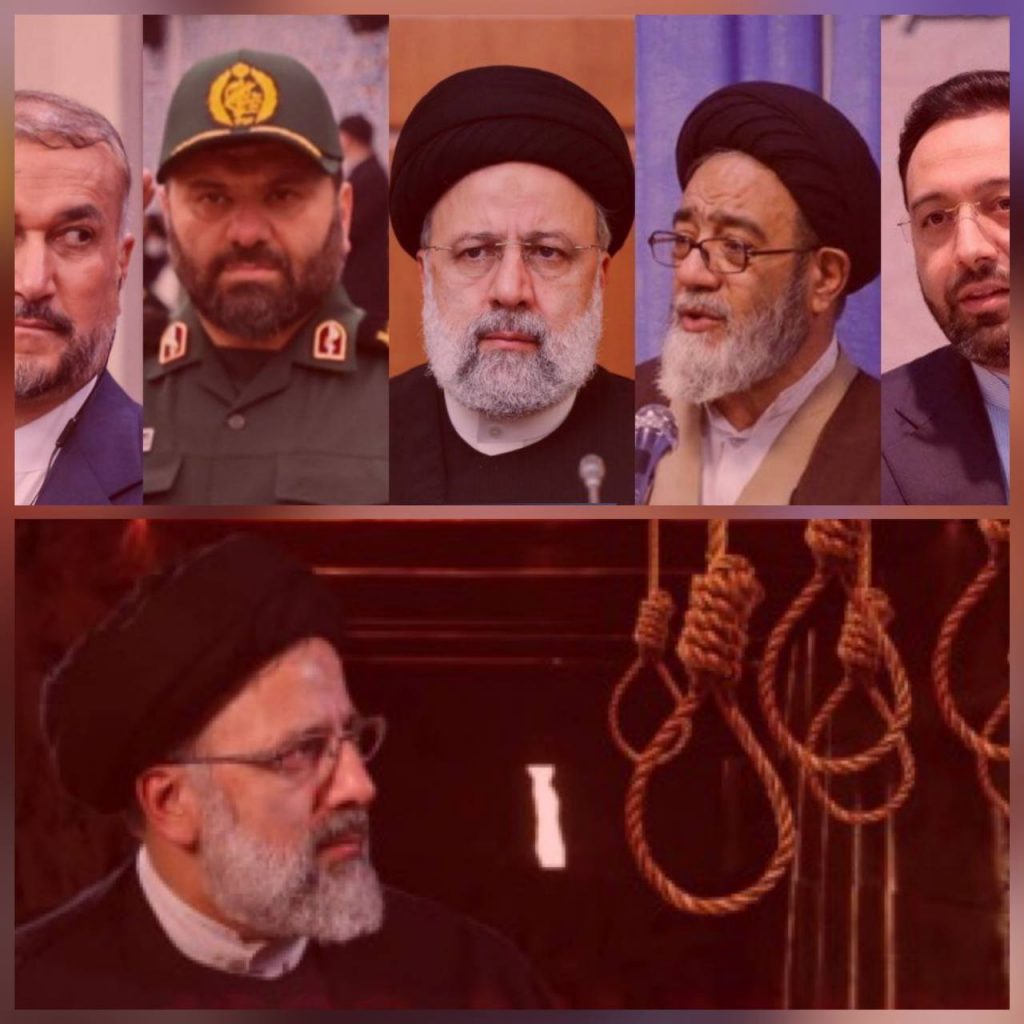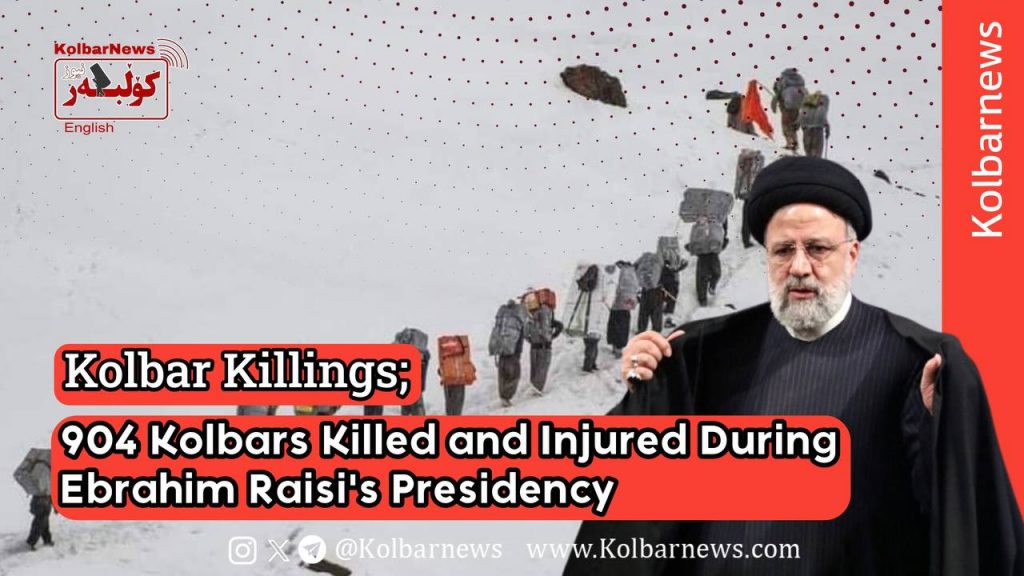
Around 4 PM on Sunday, news broke that the helicopter carrying president Ebrahim Raisi and Foreign Minister Hossein Amir-Abdollahian had crashed in a southern part of the Varzeqan region in East Azerbaijan Province.
Raisi and his delegation of ministers and provincial officials were traveling to participate in the inauguration of the joint “Qiz Qalasi” dam project with Azerbaijan on the Aras River. Ilham Aliyev, the President of Azerbaijan, also attended the ceremony. Hours after the incident, there was no confirmed news about the fate of Raisi and his companions. State media released conflicting reports, initially claiming the helicopter landed due to foggy conditions and that Raisi and his team were traveling to Tabriz by road. Later, reports changed to state that the helicopter crashed near Varzeqan.
Amid the conflicting reports from the Islamic Republic’s news agencies and officials, the exact crash site was eventually located in the early hours of Monday with the help of a Turkish thermal drone. The bodies of the passengers, including Raisi, Amir-Abdollahian, the Friday prayer leader of Tabriz, the Governor of East Azerbaijan, pilots, and security personnel, were found burned beyond recognition.
The unusual delay in locating the crash site and the contradictory statements from regime officials have fueled speculation about the incident. In response to the event, Supreme Leader Ali Khamenei immediately attended a cabinet meeting and later addressed a gathering of IRGC members, saying, “The Iranian nation should not worry; there will be no disruption in the country’s affairs.” Various theories suggest that the helicopter crash and Raisi’s death might be part of a step-by-step plan by the IRGC for the post-Khamenei era. The true nature of the incident will likely become clearer soon, but regardless of the specifics, it does not change the fact that Ebrahim Raisi was one of the most notorious presidents of the regime in the past 45 years, known among Iranians as “The Butcher of 1988.”
Reports from Tehran indicate that the regime’s forces are heavily present in the streets to prevent possible public reactions to Raisi’s death. Some videos on social media show people celebrating the news of “The Butcher of 1988” with fireworks in various cities. Simultaneously, the security-focused Tasnim News Agency reported that the Tehran Prosecutor’s Office warned journalists against spreading “false news” about the helicopter incident.
The months of August and September 1988 are remembered for one of the most horrific crimes committed during the Islamic Republic’s rule. During these two months, the regime, fearing the spread of protests by workers and the Iranian people after its defeat in the Iran-Iraq War, planned a massacre of political prisoners to intimidate the war-weary and economically suffering population. The mass execution project began on Friday, July 19, 1988, just one day after the regime accepted the ceasefire in the war.
Ayatollah Khomeini, the founder of the Islamic Republic, directly ordered a committee, later known as the “Death Committee,” to carry out this atrocity. One of its members was Ebrahim Raisi, then deputy prosecutor general. Over two months, this committee sentenced thousands of political prisoners to execution or hanging. Raisi, who was appointed head of the judiciary by Khamenei in late 2018 and later became president, was the highest-ranking official among the “Death Committee” members of the 1988 executions.
With Raisi’s death, Iranians have lost the chance to see him stand trial in a people’s court for his role in the 1988 massacre. Regardless of the background of Raisi and his companions, whether this incident was intentional or accidental, it will not end the crisis within the leadership of the Islamic Republic. On the contrary, it will exacerbate it, and more violent incidents like this are likely to occur in the future.

